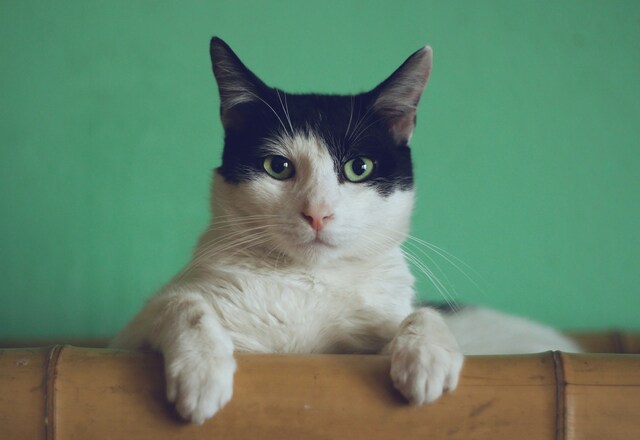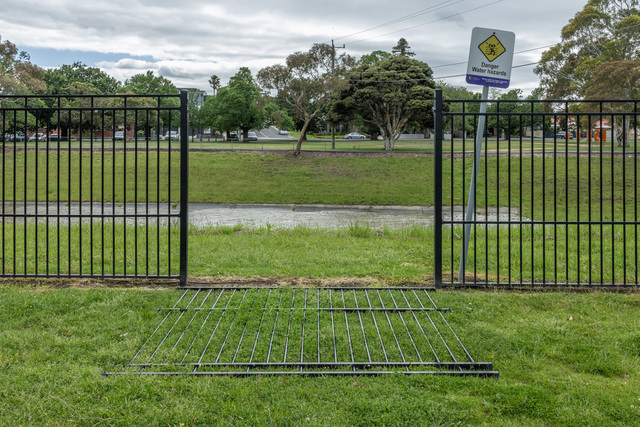The City of Casey has set its sights on tackling the persistent issue of wandering cats, outlining a tougher stance in its new Domestic Animal Management Plan 2026–2029.
The draft plan, currently on public exhibition, recognises cat overpopulation and roaming behaviours as the municipality’s most pressing animal management challenge, linking them to environmental impacts, community complaints, and high euthanasia rates.
Council data shows more than 2,000 cats were impounded in 2024/25, with over 700 euthanised after being unclaimed or unsuitable for rehoming.
At the same time, nuisance complaints involving cats, ranging from trespassing to noise, rose to 519 reports.
“Overpopulation of cats remains a significant challenge,” the document stated.
“This issue arises due to inadequate desexing, irresponsible breeding, and a lack of public awareness about pet care and adoption.”
Casey currently enforces one of the strictest cat orders in the state with a 24-hour curfew requiring cats to be contained to their owners’ properties at all times.
The Plan doubles down on this, pledging new campaigns to educate owners about the curfew, cat confinement, and the impacts of roaming pets on neighbours and native wildlife.
The plan noted that cats at large continue to generate strong community concern, pointing to orders that completely prohibit cat ownership in sensitive states such as Botanic Ridge and Settlers Run, where the species poses a risk to threatened flora and fauna.
Council will also provide cat traps to residents dealing with repeat nuisance issues, issued only after thorough investigation by an authorised officer.
A fresh element of the draft plan is its support for DIY cat enclosures; here, Council proposes working with hardware stores to offer workshops and kits, helping residents build safe outdoor spaces where cats can roam without leaving their properties.
Financial incentives for cat owners to construct enclosures will also be explored in 2026, alongside stronger messaging on the benefits of confinement, for both pets and the community.
The plan also emphasises its reasoning, that roaming cats are not just a neighbourhood nuisance but an environmental threat, preying on birds and wildlife in Casey’s many parks and reserves.
Behind the nuisance problem lies a bigger issue, which is numbers.
Cat impoundments have nearly doubled in four years, and while adoption rates through the Lost Dogs’ Home and local rescues are rising, the document detailed that they are not enough to prevent high euthanasia rates.
To counter this, Casey will continue its partnership with the National Desexing Network, subsidising 50 per cent of the cost for eligible households.
The program includes free microchipping, further ensuring compliance with registration laws.
Council also plans to trial a registration initiative for semi-owned cats, those that residents feed but do not formally claim, encouraging people to take ownership and responsibility.
The plan stated that by addressing semi-owned and feral populations, the council hopes to ease the strain on shelters and reduce euthanasia rates.
Alongside enforcement and subsidies, the draft plan emphasises education as its main tool.
A new Responsible Pet Ownership Handbook is being developed, with specific guidance on cat health, behaviour, and legal responsibilities, on the overarching goals of responsible pet ownership, pet registration, training resources and local laws.
Awareness campaigns will also target school communities, new housing estates, and online platforms, underscoring the message that responsible ownership extends beyond dogs.
This story is developing, and more information will be added once available.







